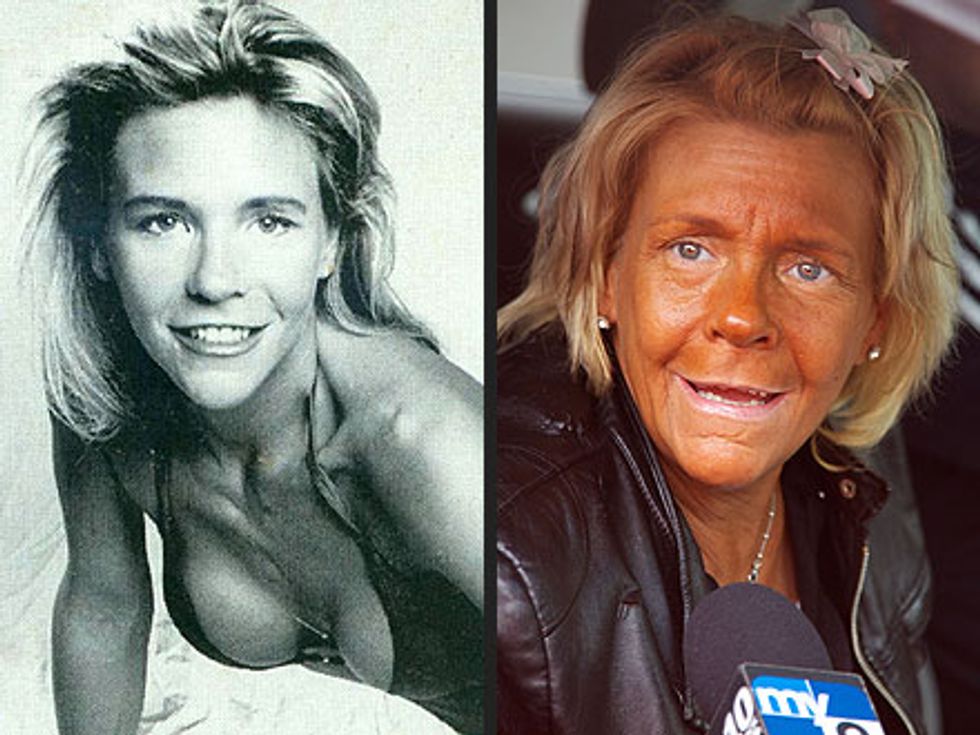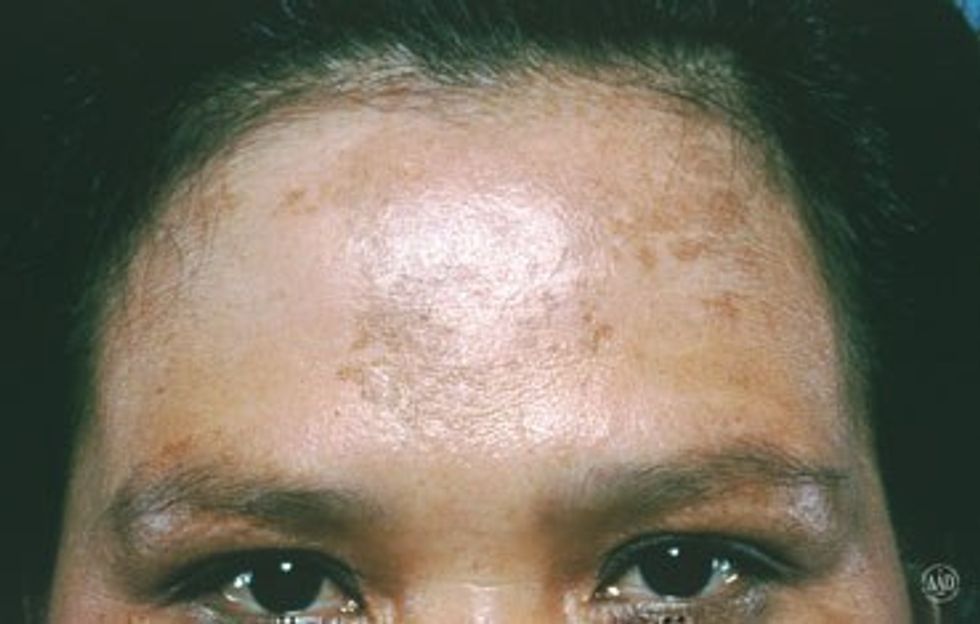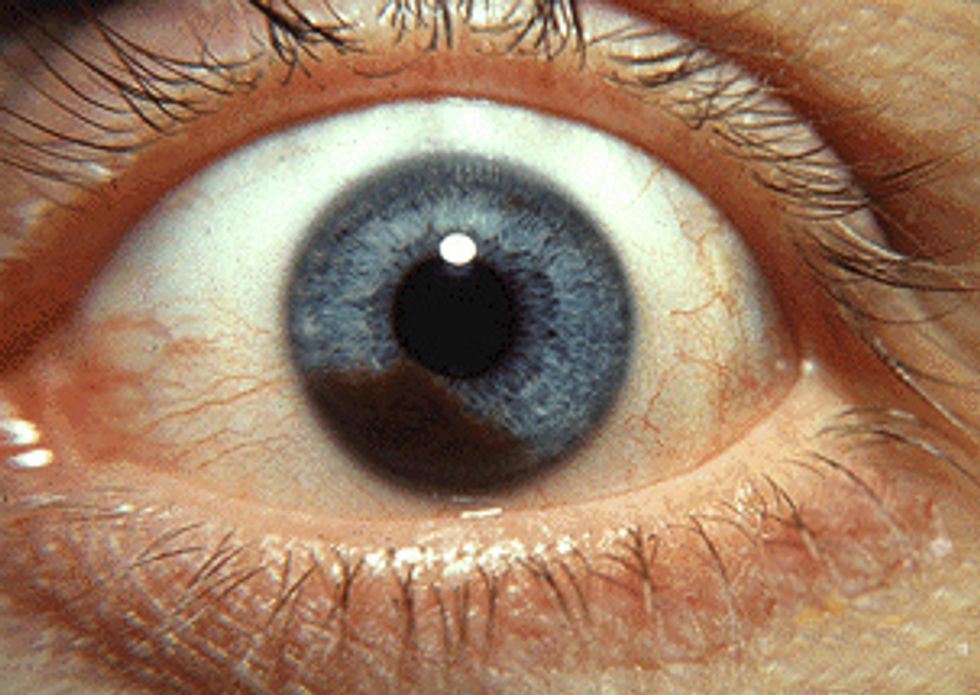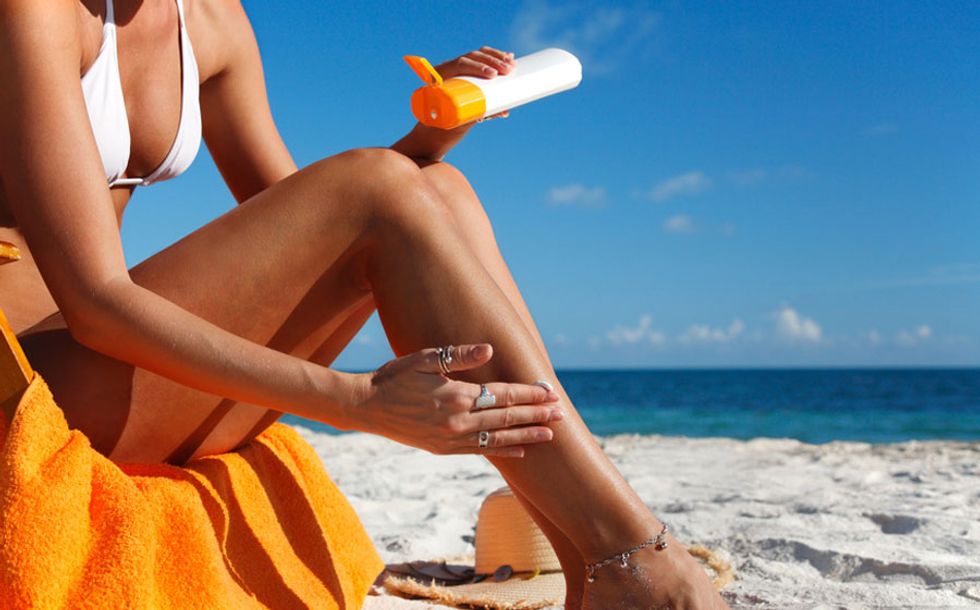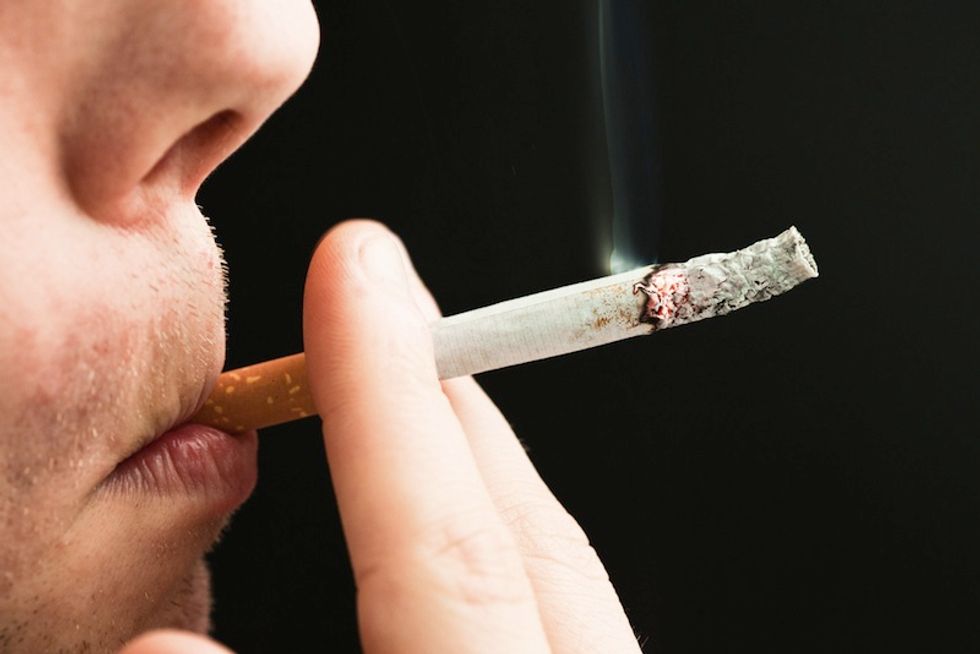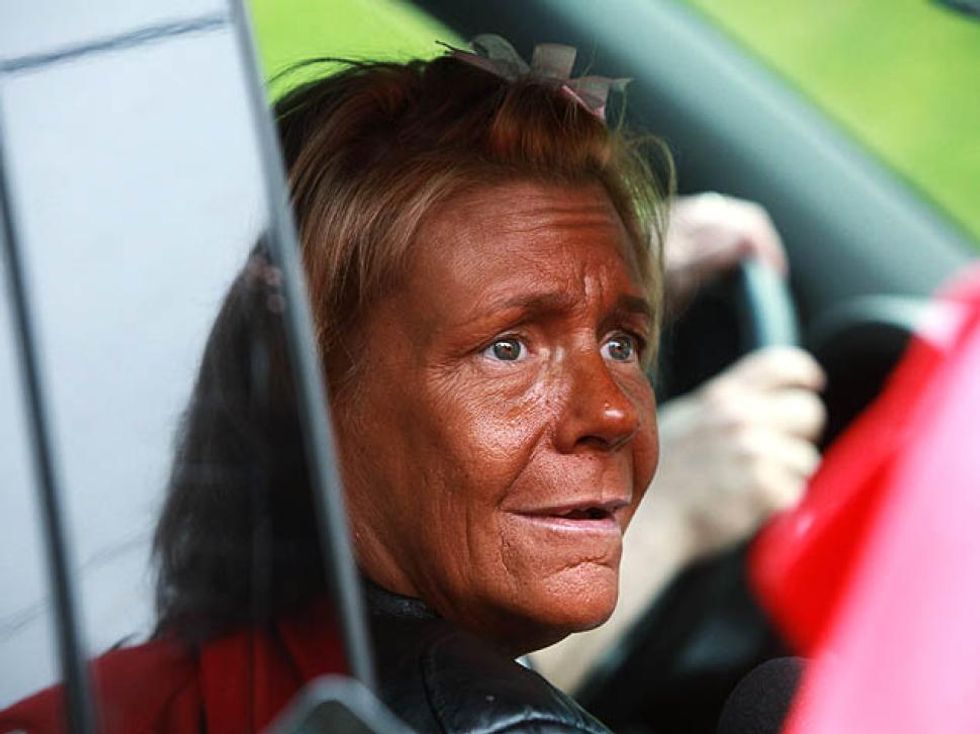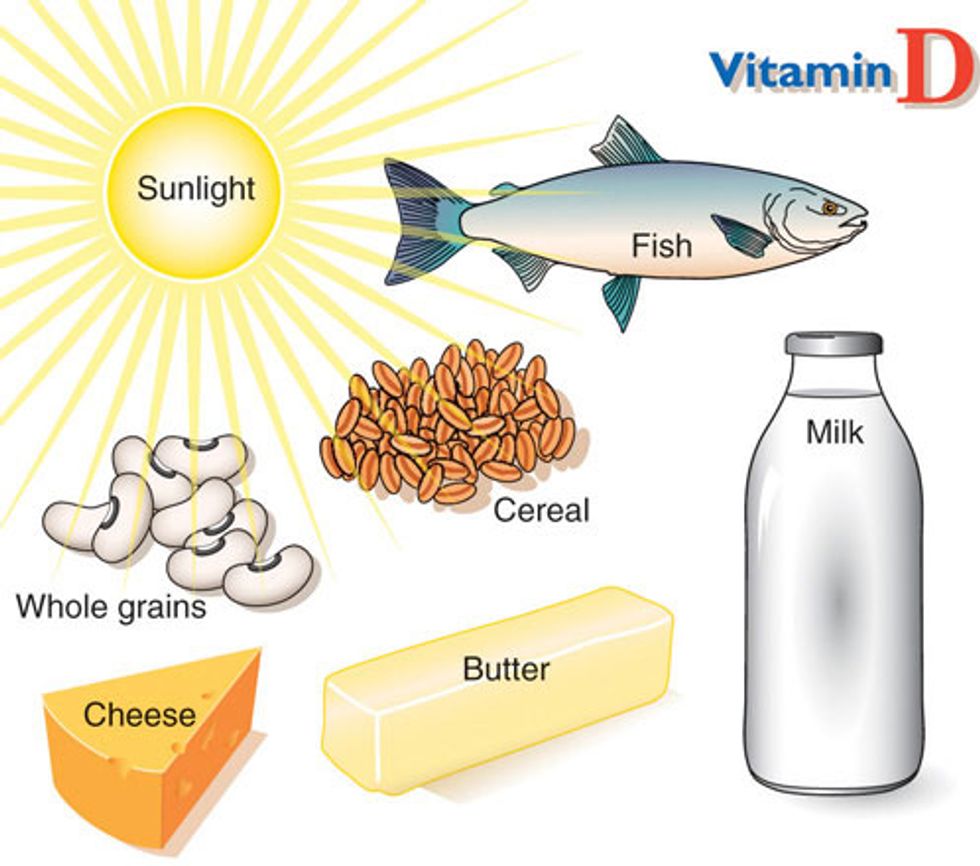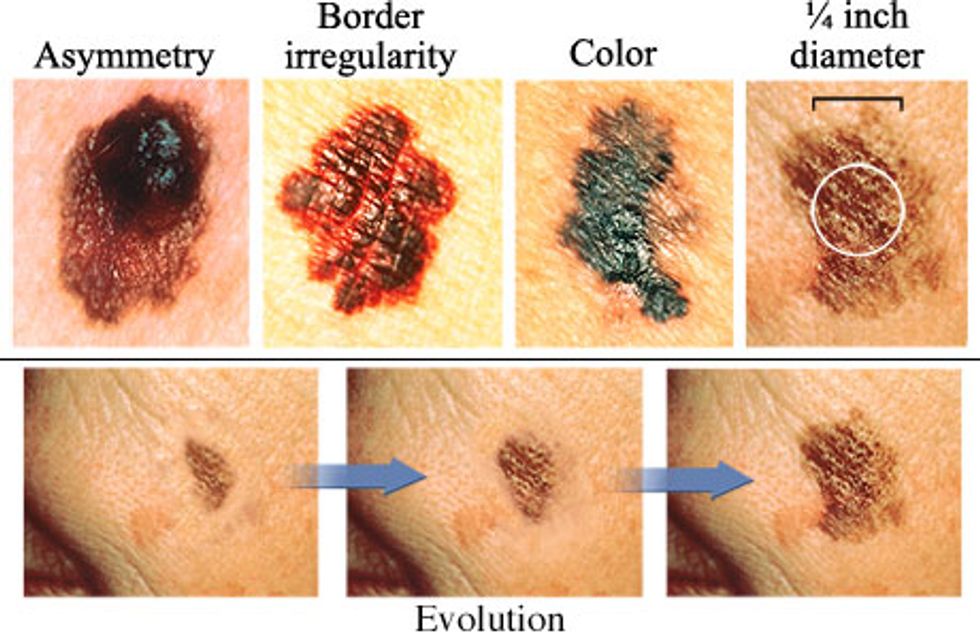I know what it’s like. Being so pale in the wintertime that you need to buy new foundation or use orange-y looking lotions to substitute for sun kissed skin. For most, being pale is not something one strives for. It makes acne show, pores look bigger, skin just doesn’t glow, I get it. It’s a common practice for men and women to use tanning beds to obtain that movie-star skin tone in the winter, and even more routine for them to keep it up. Unfortunately, I’m about to shut that down for you right now for good reason. Skin cancer is the most commonly diagnosed cancer in the US. It can be disfiguring, deadly, and it greatly affects quality of life. In addition to that, it’s preventable, and the US spends $8.1 billion dollars on skin cancer every year (with 5 million diagnoses annually). That’s a little more than 1 dollar for every person that exists in the world, but that’s none of my business.
1. It’s so bad that the Surgeon General is getting involved. Skin cancer has become a MAJOR public health problem and is requiring a “Call to Action”. This mean that associates from across the nation are going to begin advocating this as a major issue and getting involved in methods to decrease the risk. In fact, according the surgeongeneral.gov,
The number of Americans who have had skin cancer at some point in the last three decades is estimated to be higher than the number for all other cancers combined.
For more information on the five strategies involved in this, go here.
2. Every time you tan, it changes your skin texture and can cause premature aging, wrinkles, and age spots.
While this is something you hear all the time from Grandma Sue, it is not a lie. If you are taking birth control pills, you can develop something called Melasma.
Melasma refers to patchy brown, tan, or blue-gray facial skin discoloration that appear on the upper cheeks, upper lips, forehead, and chin of women ages 20-50.
3. It increases the risks of potentially blinding eye diseases, even cancer of the eye.
This is no joke. Here is an article about a 23 year old girl who didn’t wear goggles while in a tanning bed (to prevent her eyelids from remaining lighter than the rest of her skin) and has now developed masses of tissue in both of her eyes. She requires surgery in order to correct this. Along with this frightening story, tanning beds can cause cataracts and other cancers of the eye.
4. Here’s a good one: The World Health Organization has determined that UV rays from tanning beds cause cancer.
This is for real you guys. This isn’t a group of doctors, this isn’t Grandma Sue, and this isn’t JUST the Surgeon General. An entire organization, that oversees the health and quality of life for the world determined this outcome. Need I say more?
5. Melanoma kills somebody every 50 minutes. My classes are 1.25 hours. While sitting in class, 1.5 people die from of Melanoma, in which 90% of cases are caused by UV rays both natural and artificial.
6. Just to throw in a fact: tanning beds are 15 times more risky than sun exposure when it comes to tanning. Why? Because tanning beds emit 15 times more UV radiation than the sun. They emit UVA rays, which damage the cells enough for Melanoma to start growing, and UVB rays which increase your chances of Melanoma and other skin cancers.
7. This is a tough one to swallow. Skin cancer among tanning booth users is more frequent than lung cancer is to smokers. I bet you never thought that entering the tanning booth was the equivalent to smoking a pack of cigarettes. According to skincancer.org, 419,254 cases of skin cancer are attributed to indoor tanning. According to lung.org,
Approximately 402,326 Americans living today have ever been diagnosed with lung cancer. There are roughly 20,000 more people walking around with cancer related to indoor tanning than smokers from lung cancer. Now it’s becoming clear why the Surgeon General is getting involved.
8. Indoor tanning can cause immunity suppression. That means that the UVB rays from the tanning booth interfere with the proper functioning of the body’s immune system by lowering the skin’s natural defenses and in turn can make you more vulnerable to diseases. This is one of the reasons that cancer is so prevalent among devoted tanners.
9. If somebody is telling you that you need to use tanning booths for Vitamin D, they need to stop right now.UVB radiation is what causes the skin to produce Vitamin D, but most tanning booths only emit UVA radiation. You can also obtain Vitamin D from many different types of foods, a daily multivitamin, and/or being outdoors for 10-15 minutes periodically. There are multiple sources that state this and I have them listed below.
Source 1 | Source 2 | Source 3 | Source 4 | Source 5
10. This last statement may be the most dangerous thing about indoor tanning. It is addictive. UV radiation from tanning beds release endorphins and other feel-good chemicals. For some, this could cause a dependency that is tough to break. Even skin cancer survivors still practice unsafe methods when it comes to exposing the skin to harmful rays. Don’t believe me? Here’s a CBS news story from 2013 discussing it. Tanorexia is a real thing. There's a wikipedia page about it.
With all of these harmful facts about tanning booths, skin cancer, and everything else in between, it is also important to remain informed. Below is a list of the recommendations that will help protect your skin from harmful UV rays and over exposure. The Skin Cancer Foundation has a list of tips that will provide safer situations when it comes to being out in the sun.
- "Seek the shade, especially between 10 AM and 4 PM.
- Do not burn.
- Avoid tanning and never use UV tanning beds.
- Cover up with clothing, including a broad-brimmed hat and UV-blocking sunglasses.
- Use a broad spectrum (UVA/UVB) sunscreen with an SPF of 15 or higher every day. For extended outdoor activity, use a water-resistant, broad spectrum (UVA/UVB) sunscreen with an SPF of 30 or higher.
- Apply 1 ounce (2 tablespoons) of sunscreen to your entire body 30 minutes before going outside.Reapply every two hours or immediately after swimming or excessive sweating.
- Keep newborns out of the sun. Sunscreens should be used on babies over the age of six months.
- Examine your skin head-to-toe every month.
- See your physician every year for a professional skin exam."
In addition to these tips, be aware of the ABCDE's of identifying skin cancer: (courtesy of preventcancer.org)
- Asymmetry (one half of the mole doesn’t match the other)
- Border irregularity
- Colorthat is not uniform
- Diameter greater than 6 mm — (about the size of a pencil eraser)
- Evolving size, shape or color.



